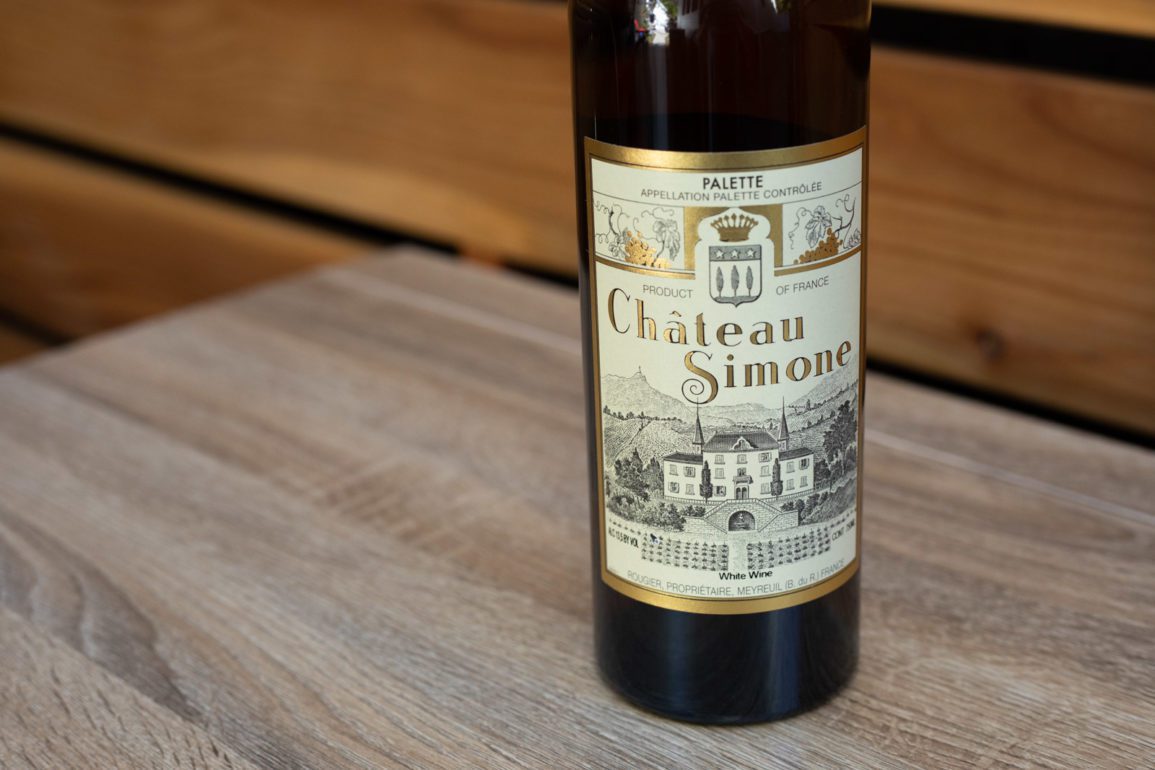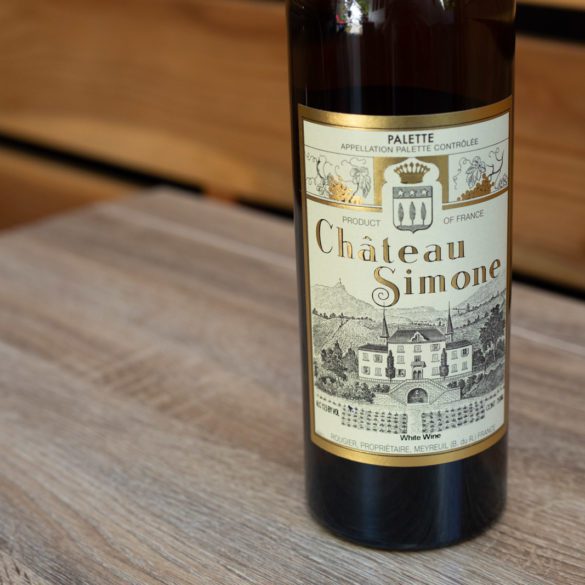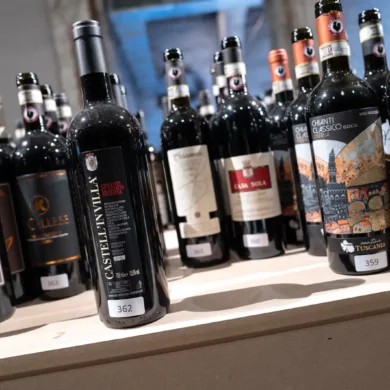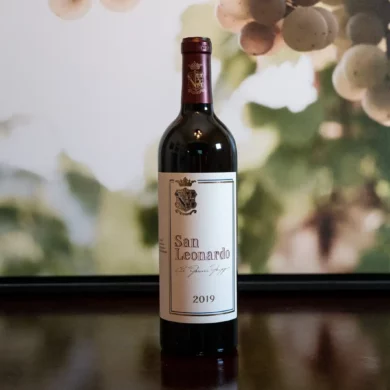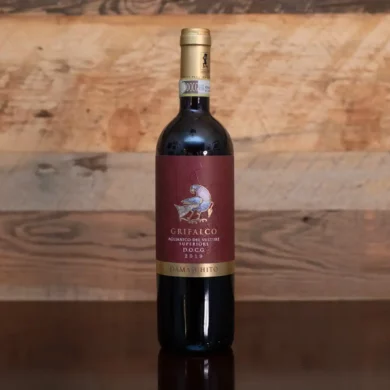Do we still have a place for opulence in wine? Robert Parker cultivated much of his industry-dominating fame over opulent wines, and while his influence continues to this day even from retirement (an influence that many still seem to dismiss), the fulcrum of fashion has largely pivoted away from the style. Modern sommeliers and wine writers often laud the antonyms of opulence in their tasting notes: precision, freshness, restraint. “We want terroir,” the tastemakers of today demand. “We want authenticity.” Nature can provide abundance, but it is humans who turn it into opulence, either from over-extraction, excessive new oak, or a whole host of other techniques. Opulence requires a deliberate effort, which — to a certain line of thinking — subjugates terroir and “the authentic” expression of the land.
But every now and again, a wine comes along that wants to have it all, and somehow manages to please even the grumpiest of the terroirists, myself included.
The 2012 Château Simone’s Palette Blanc struck me as such a wine. It immediately conjured a timeless opulence that you rarely find in a white wine. There were tones reminiscent of orange peel, stone fruit and tropical fruit, a whole meadow of flower notes, and those hazelnut and fresh-cut vanilla bean tones that are the hallmark of extended lees contact and oak aging.
This latter note was, perhaps, where I found this wine to be most opulent. Vanilla bean aromas are the wine world’s catnip — they stir emotions akin to a tantalizing dessert menu, and perhaps that’s why the “tastemakers” are leery of their tricks. Oak has vanillin, an aldehyde that is released into wine — some oaks are heavier in it than others, and certainly the age and size of the vessel and the amount of surface area in contact with the wine will drive how much you notice.
Perhaps more than anything else in wine,”oaky” has come to be synonymous with aspiration, intention — even ambition. We have all experienced many such wines — usually Chardonnay on the white end of the spectrum (there are too many to count on the red end, but Cabernet blends are a good place to start). I liken them to fingerprints on a camera lens: the more smudges on the glass, the less clearly you can translate the scene.
But that is not what is happening here. The oak use is noticeable and enticing, but judicious. There seems to be an alchemy between the natural gifts of the vineyard — the awe-inspiring fruit tones, the flowers — and the ambitions of the winemaker, Jean-François Rougier.
Château Simone’s “natural bona fides” in the vineyard are undeniable: there are no synthetic pesticides or herbicides used, and the vines have an incredible legacy twisted up in their ancient trunks. What’s more, the vineyards are north facing, which allows them to ripen in a more measured way in the heat of Southern France. This northerly alignment is atypical of most Provençal wines. The Rougier family was instrumental in establishing the tiny Palette appellation in 1948, and today they remain the majority land-owners in the area. (In other words, their wines are as niche as the South of France gets).
Funnily enough, the “ambition” of oak usage is really just following the tradition of the château. Ambient yeasts are used to trigger fermentation in large wooden casks called foudres for 10 to 15 days (that is incredibly long for a white wine, plus it aschews the typical temperature control of stainless steel). The different grapes are also whole-cluster pressed (also unusual for a white), and allowed to age on the spent yeast cells (lees) for 12 months, which probably accounts for a significant amount of the wine’s roasted-nut character. Finally, another year in neutral oak barrels helps the wine find its form. All of these elements — from vine pedigree and microclimate to the numerous techniques in the naturally cool cellar — help make this a rare age-worthy white.
The 2012 vintage is still kicking around in some stores in the U.S. While this wine has a devoted following in the upper echelons of the restaurant world in France, it is still little-known stateside. Snatch up a bottle if you see it. It is an absolute stunner.
2012 Château Simone Palette Blanc
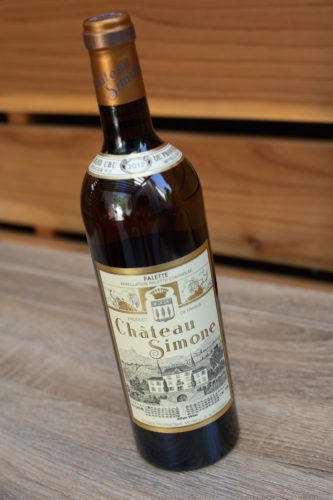
Palette AOC (Provence)
Grapes: Clairette (80%), Grenache Blanc (10%), Bourboulenc (5%), Ugni Blanc (3%), Muscat Blanc (2%)
Alcohol: 13.5%
Opinion: ★★★★★ (out of five)
Food-friendliness: Versatile
Value: A bit pricey
Learn more about our wine icons
A beginner might like … the opulence of this wine (there’s that word again!). It truly has an indulgent richness to its profile, from the complex aromatic tones right through to the enveloping texture. However, unlike many opulent wines it still has a heightened sense of versatility at the table because of a taunt line of acidity that runs through its core.
A wine obsessive might like … that this is a rare, Clairette-forward white blend of uncompromising age-worthiness from Provence. I can think of no other wine that checks those exact boxes. Furthermore, its sumptuous oak- and lees-leaning tones have such a timeless quality. If you see it on the shelf, buy two wines: one for now, one for a few years later.

